Home>Dining>Tableware>Why Does A Salad Fork Have A Different Tine?
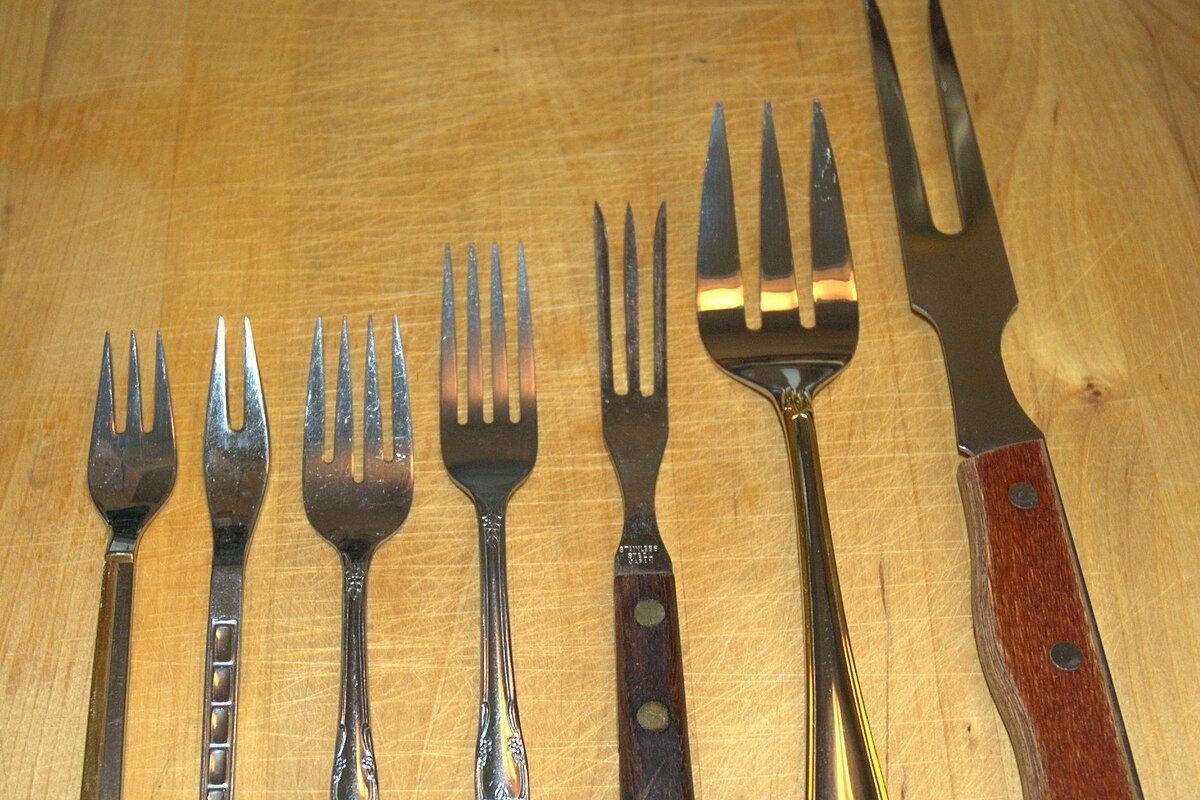

Tableware
Why Does A Salad Fork Have A Different Tine?
Modified: January 4, 2024
Discover the reason behind the unique tine on a salad fork and unlock the secrets of tableware. Explore the fascinating history and significance of this essential dining utensil.
(Many of the links in this article redirect to a specific reviewed product. Your purchase of these products through affiliate links helps to generate commission for Storables.com, at no extra cost. Learn more)
Introduction
When it comes to tableware, forks are an essential utensil that we often take for granted. Whether we’re dining at a cozy family restaurant or attending an elegant dinner party, forks play an important role in our dining experience. You may have noticed that not all forks are created equal – some have a different number of tines or prongs. One type of fork that stands out in particular is the salad fork, which typically has less tines compared to a regular dinner fork.
In this article, we will delve into the fascinating world of forks and explore the reason behind the different tines on salad forks. We will uncover the evolution of forks, understand their anatomy, discuss the purpose of different tines, and ultimately reveal why salad forks have a unique design.
So, grab your favorite fork and get ready to explore the intriguing story behind this essential tableware!
Key Takeaways:
- Salad forks have fewer tines to handle delicate ingredients with a gentle touch, preserving the integrity of greens and toppings while offering an elegant dining experience.
- The evolution of forks showcases thoughtful design, with tines serving specific purposes for different types of food, enhancing the art of dining with ingenuity and adaptability.
Read more: Why Is There A Notch In A Salad Fork?
Evolution of Forks
The use of forks as eating utensils dates back thousands of years. However, forks as we know them today have gone through a significant evolution over time. In ancient civilizations, people primarily used their hands or simple tools to eat. It wasn’t until the Middle Ages that forks began to gain popularity.
The earliest forks were nothing like the forks we use today. They were two-pronged and made of materials such as bone, wood, or metal. These early forks were mainly used for cooking and serving food, rather than for personal dining. It wasn’t until the 16th century that forks started to be used as individual utensils for eating.
It was in Renaissance Italy that forks truly began to make their mark. Catherine de Medici, a member of the influential Medici family, brought forks from Italy to France when she married Henry II in the 16th century. The use of forks spread throughout Europe, gradually becoming more common among the aristocracy and eventually reaching the general population.
As forks became more popular, their design evolved. Initially, forks had only two tines, which were used to spear and lift food. However, this design proved to be less effective when it came to handling certain types of food, especially smaller items like peas or salad leaves. To address this issue, forks gradually started to feature additional tines.
By the 18th century, forks commonly had three or even four tines. This allowed for better stability while transferring food and ensured that smaller pieces would not slip off the fork. It was during this period that the dinner fork as we know it today, with its multiple tines, became the standard utensil for main meals.
The evolution of forks continued into the 19th and 20th centuries, as forks with specialized designs emerged. Salad forks, in particular, developed a distinct set of characteristics that made them suitable for their intended purpose.
Now that we have explored the fascinating history of forks, let’s dive deeper into their anatomy and understand the purpose behind the different tines.
Fork Anatomy
To fully understand the purpose of different tines on forks, it’s important to familiarize ourselves with the anatomy of a fork. A typical fork consists of three main parts: the handle, the neck, and the tines.
The handle of a fork is the part that we hold when using it. It is usually made from materials like metal, wood, or plastic and comes in various shapes and sizes, depending on the style of the fork. The handle provides us with a comfortable grip and allows us to maneuver the fork with ease.
Connected to the handle is the neck, which is a narrow section that joins the handle to the tines. The neck of a fork may be straight or curved, depending on the design. The length of the neck can vary, as different types of forks have specific requirements for their intended use.
The most distinctive part of a fork is the tines, also known as prongs. Tines are the pointed extensions at the front of the fork that come into direct contact with the food. They are responsible for spearing, lifting, and carrying food to our mouths. The number and shape of the tines can vary depending on the type of fork.
Traditionally, forks have had either two or three tines, though some styles can have up to four or more tines. Each tine is typically pointed and slightly curved inwards to assist in gathering food. The spacing between the tines can also vary, with some forks having wider gaps and others having narrower gaps.
Now that we have a clear understanding of the anatomy of a fork, let’s explore the purpose behind the different tines and why salad forks have a unique design.
Salad forks have a different tine to make it easier to pick up leafy greens and other delicate ingredients without damaging them. The wider tines provide better support and control.
Purpose of Different Tines
The tines on a fork serve important functions during a meal. They provide stability and control when picking up food, prevent the food from slipping off the fork, and allow for more efficient eating. The number and design of the tines directly impact the usability of the fork for different types of food.
Forks with two tines, also known as two-pronged forks, were commonly used in the past. These forks were primarily used for carving and serving food, rather than individual eating. The two tines were effective for spearing larger pieces of meat or vegetables and transferring them from a serving dish to a plate.
As forks evolved and became personal eating utensils, the number of tines increased. Three tines became the standard for dinner forks, as they provided better stability and offered more surface area to hold the food. The curved shape of the tines assisted in capturing smaller food items like peas or pasta while preventing them from slipping off.
But why do some forks have even more tines? The answer lies in the specific purpose they serve. Four-tined forks, sometimes known as dessert forks, are often used for eating delicate desserts or pastries. The additional tine provides extra support and control when handling these delicate items without causing them to crumble or lose their shape.
Now, let’s focus on the unique design of salad forks and understand why they have a different number of tines compared to other forks.
Why Salad Forks Have Different Tines
Salad forks stand out from other forks due to their distinctive design, which often features fewer tines compared to a traditional dinner fork. So, why do salad forks have different tines?
The main reason for this difference lies in the type of food that salad forks are specifically designed to handle. When we enjoy a salad, the ingredients tend to be lighter and more delicate compared to a hearty main course. Salad leaves, vegetables, and toppings require a different approach to eating.
The fewer tines on a salad fork allow for a gentler touch when picking up delicate ingredients. The reduced number of tines minimizes the risk of damaging or bruising the greens. It also ensures that the toppings, such as croutons or berries, remain intact and not crushed between the tines.
Moreover, the wider spacing between the tines on a salad fork allows for efficient handling of various salad components. The wider gaps make it easier to scoop up larger pieces of lettuce and accommodate other ingredients such as cucumber slices, cherry tomatoes, or chunks of cheese.
By having fewer tines, salad forks also offer a lighter and more elegant appearance, complementing the overall aesthetic of a salad. The design of the fork enhances the dining experience, creating a sense of refinement and sophistication.
While salad forks typically have fewer tines than dinner forks, it is worth mentioning that there can be variations in the number of tines on salad forks. Some salad forks may have three tines, similar to a dinner fork, while others may have four. The exact number of tines can vary depending on the manufacturer or the specific style of the fork.
In sum, the unique design of salad forks with different tines is purposefully crafted to accommodate the delicate nature of salads. They offer a gentle touch, ensuring that the ingredients remain undisturbed, and provide an elegant and functional utensil for the enjoyment of salads.
Now that we’ve explored why salad forks have different tines, let’s recap what we’ve learned and conclude our journey into the world of tableware.
Conclusion
Tableware, including forks, plays an essential role in our dining experiences. Throughout history, forks have evolved from simple tools to sophisticated utensils, serving various purposes. The number and design of tines on a fork have a direct impact on its usability for different types of food.
Salad forks, with their unique design featuring fewer tines compared to traditional dinner forks, are specifically tailored to handle delicate salad ingredients. The reduced number of tines allows for a gentler touch, minimizing the risk of damaging or crushing the greens and toppings. The wider spacing between the tines accommodates larger salad components, providing a more efficient way to scoop up various ingredients.
The evolution of forks and their tines showcases the ingenuity and adaptability of utensil design. From the two-pronged forks of ancient times to the multi-tined forks of today, each variation serves a specific purpose in the art of dining.
As we sit down at the table and reach for our forks, let us appreciate the craftsmanship and thoughtful design that goes into these seemingly simple utensils. Whether enjoying a salad or a hearty meal, the right fork with the appropriate tines enhances our dining experience, making each bite a pleasure.
So, the next time you pick up a salad fork with its unique tine arrangement, remember the purpose it serves and the meticulous attention to detail that makes it a perfect companion for enjoying a refreshing salad.
Enjoy your next meal, and embrace the beauty of tableware, one fork at a time!
Frequently Asked Questions about Why Does A Salad Fork Have A Different Tine?
Was this page helpful?
At Storables.com, we guarantee accurate and reliable information. Our content, validated by Expert Board Contributors, is crafted following stringent Editorial Policies. We're committed to providing you with well-researched, expert-backed insights for all your informational needs.
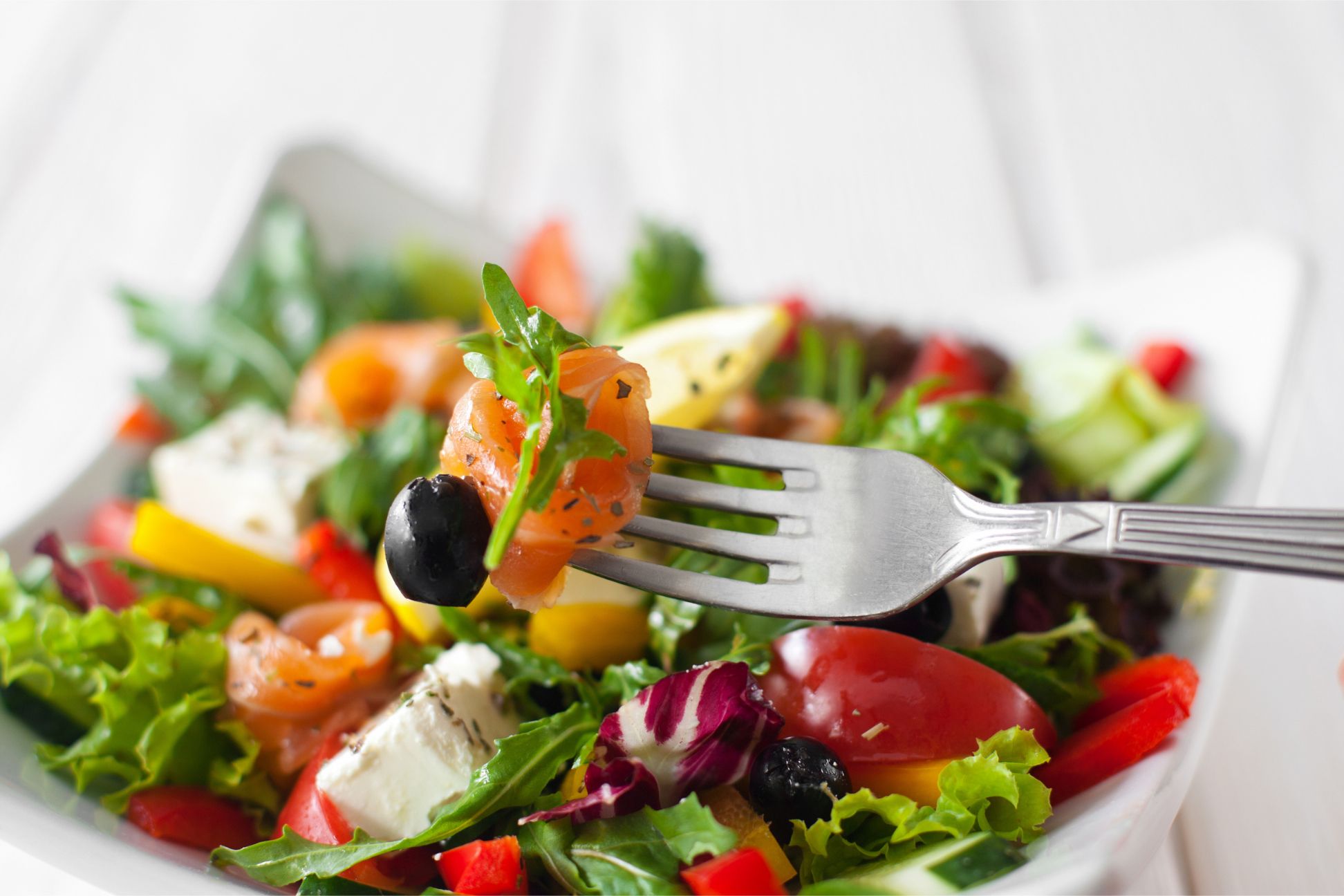
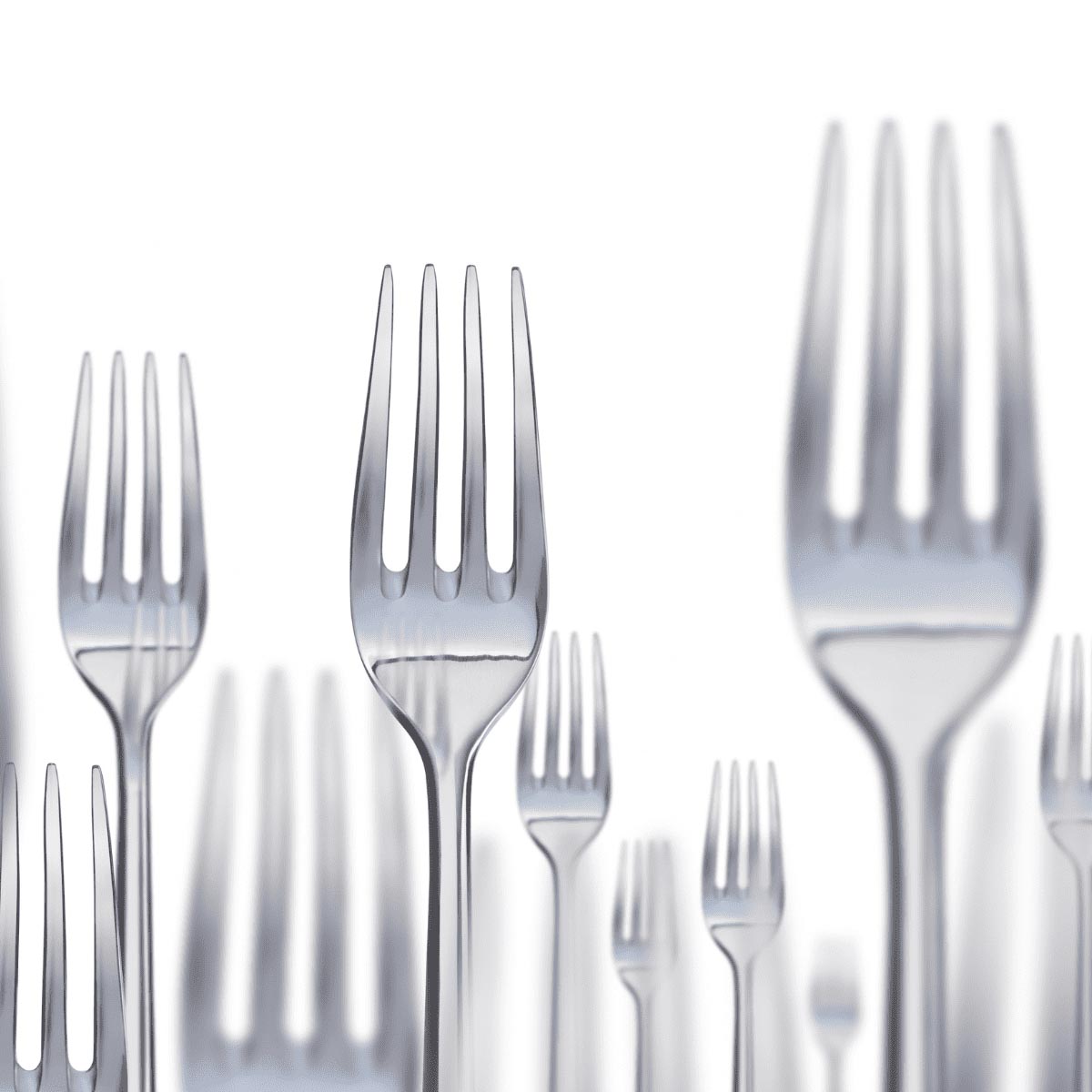
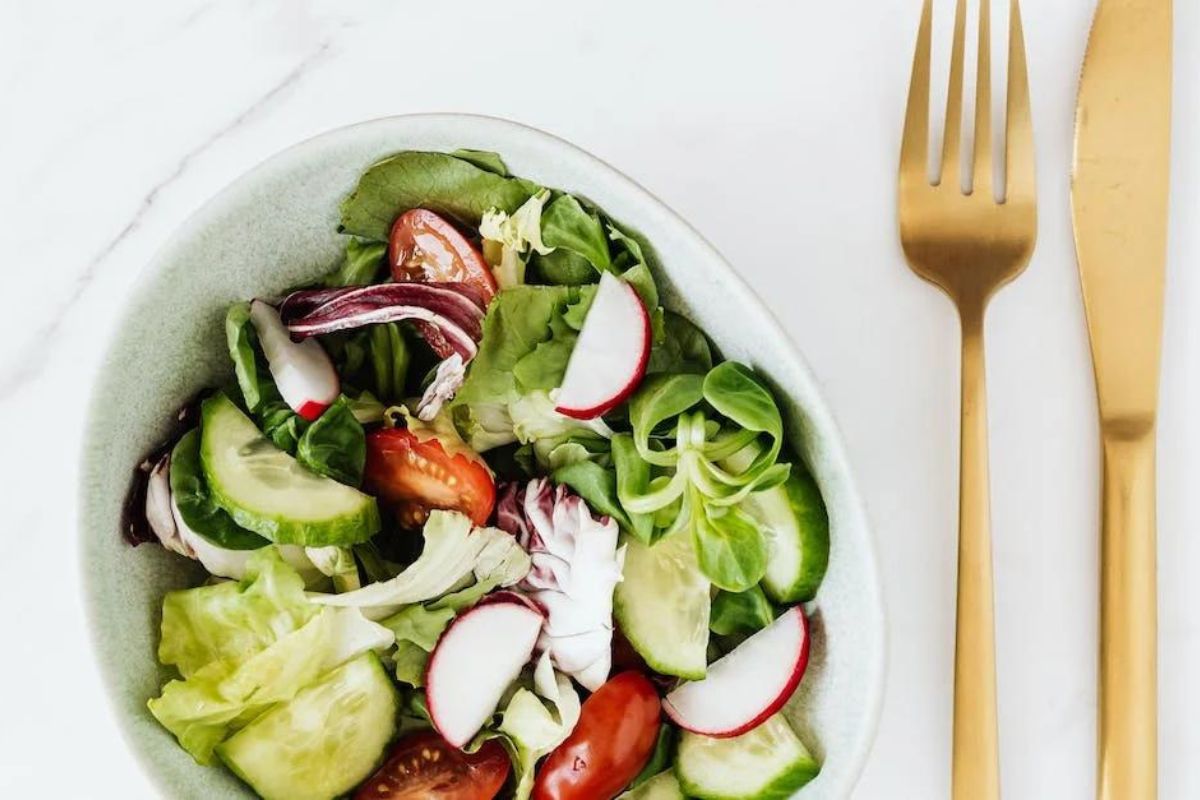
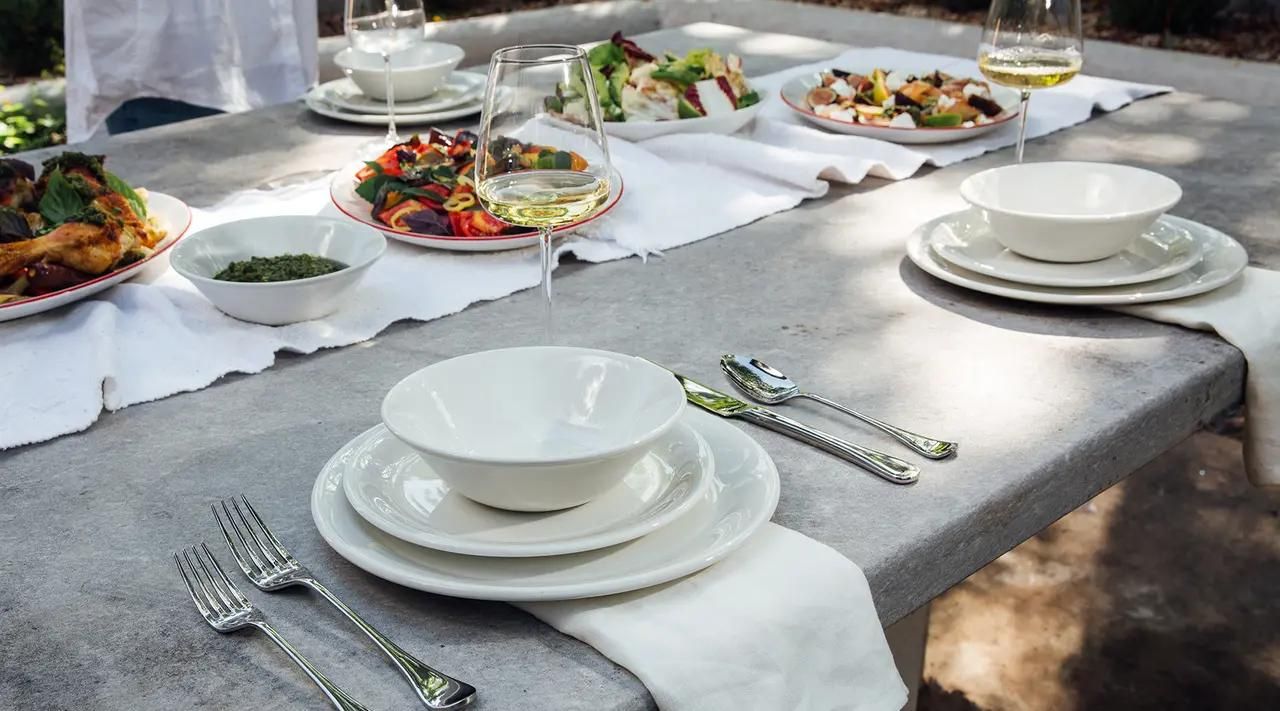
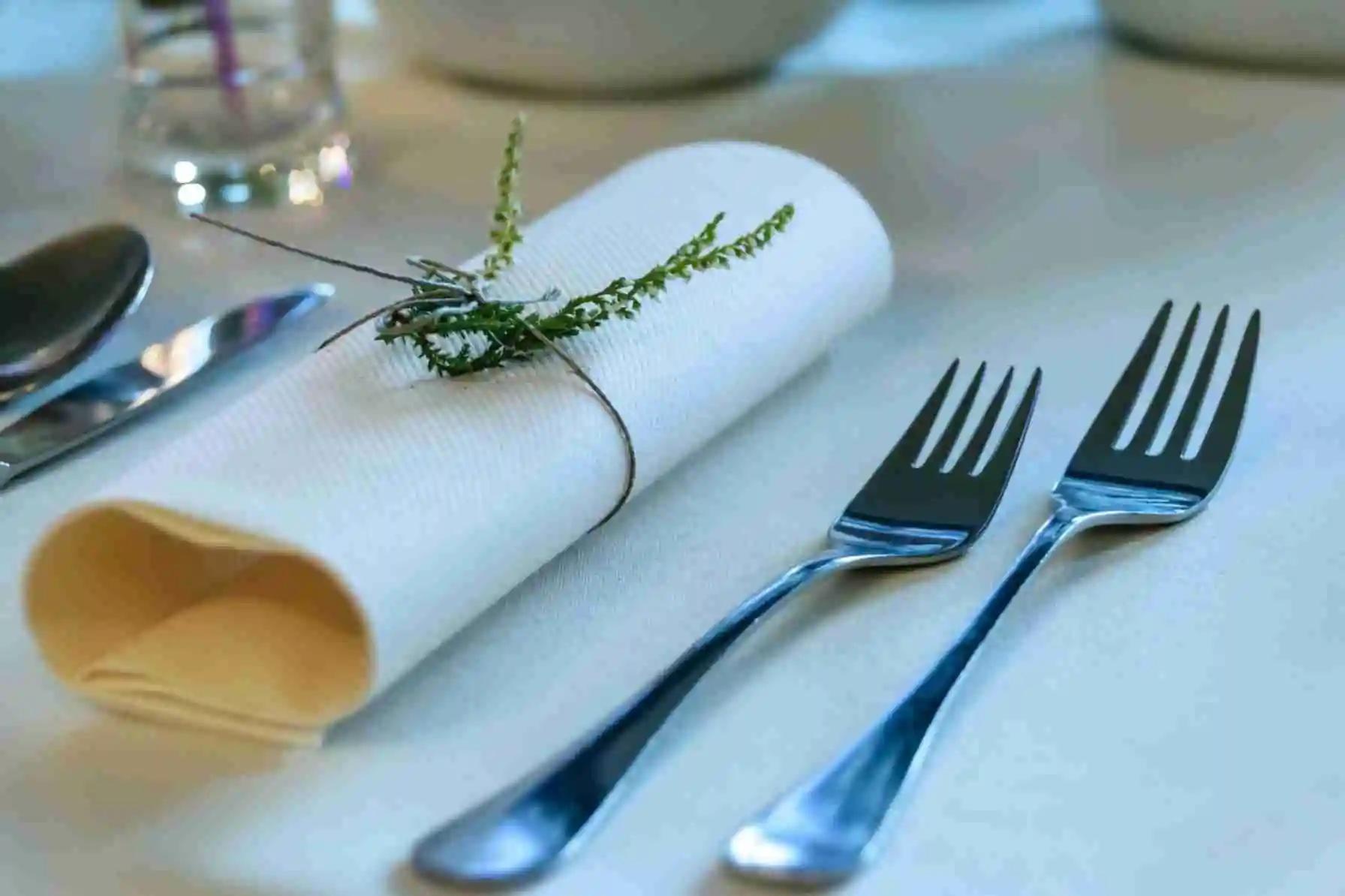
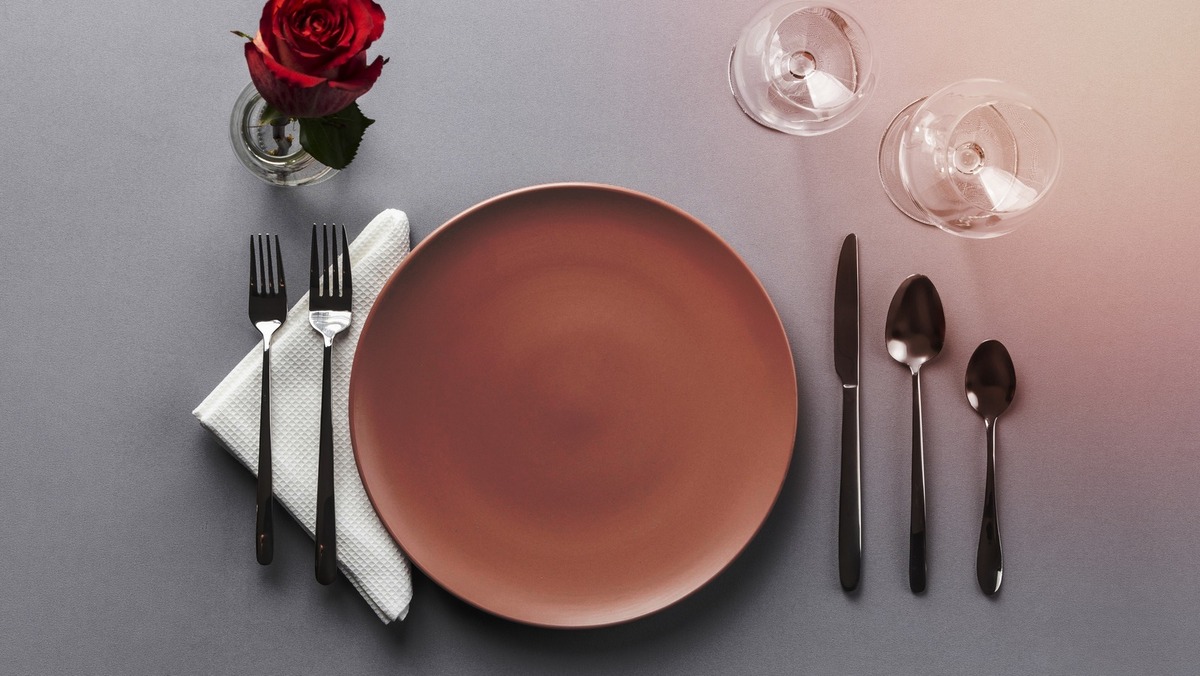
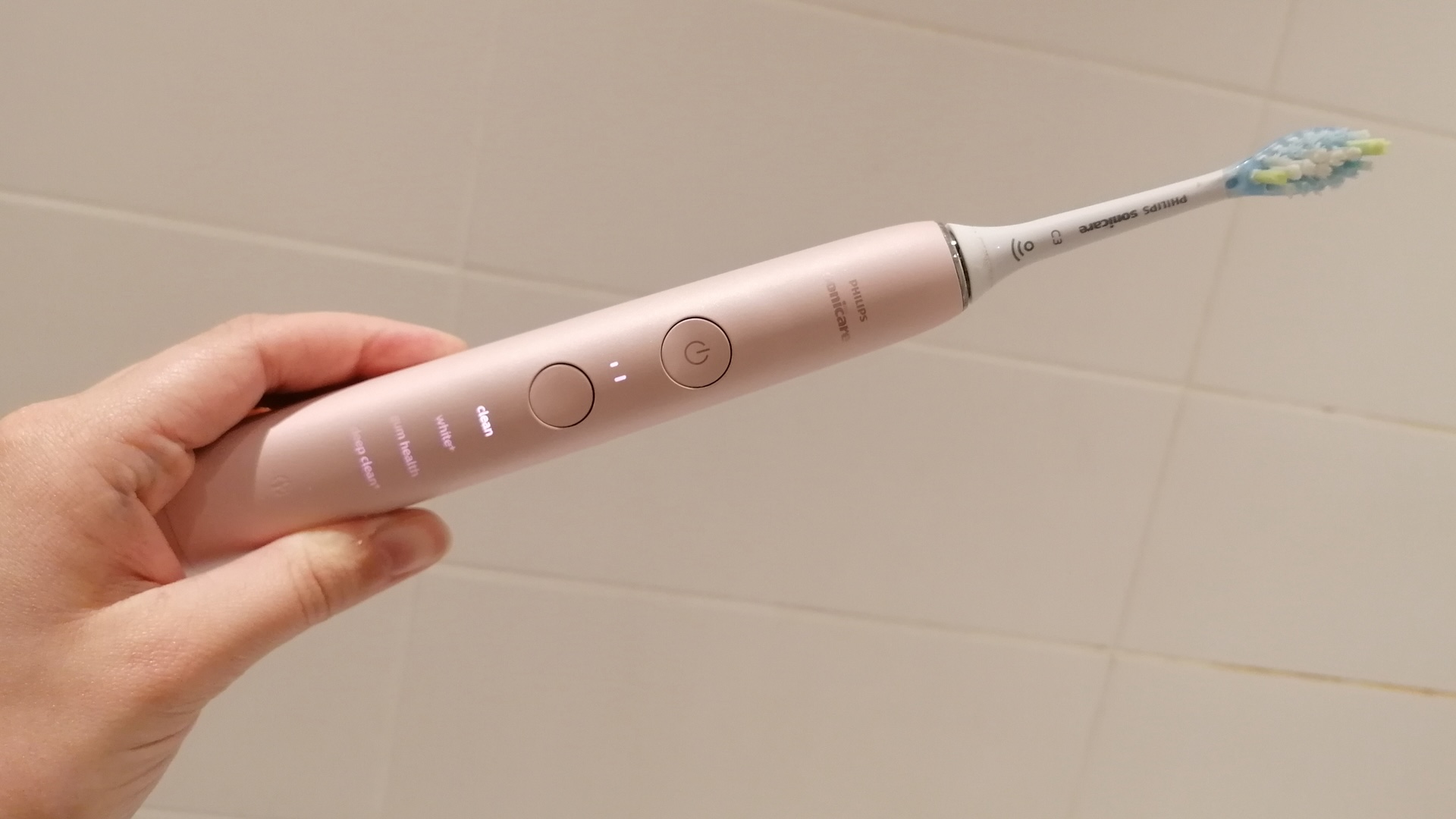
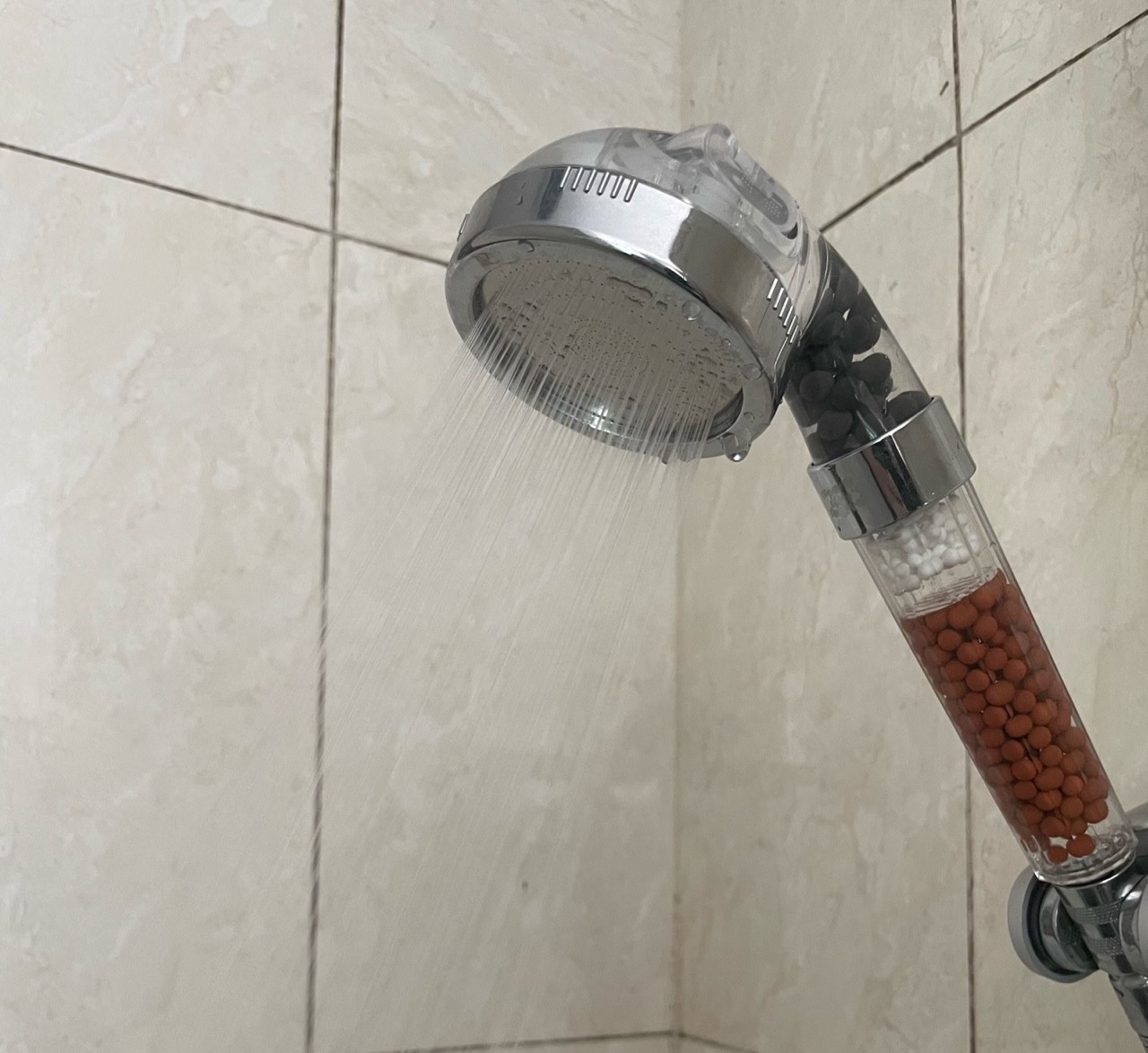


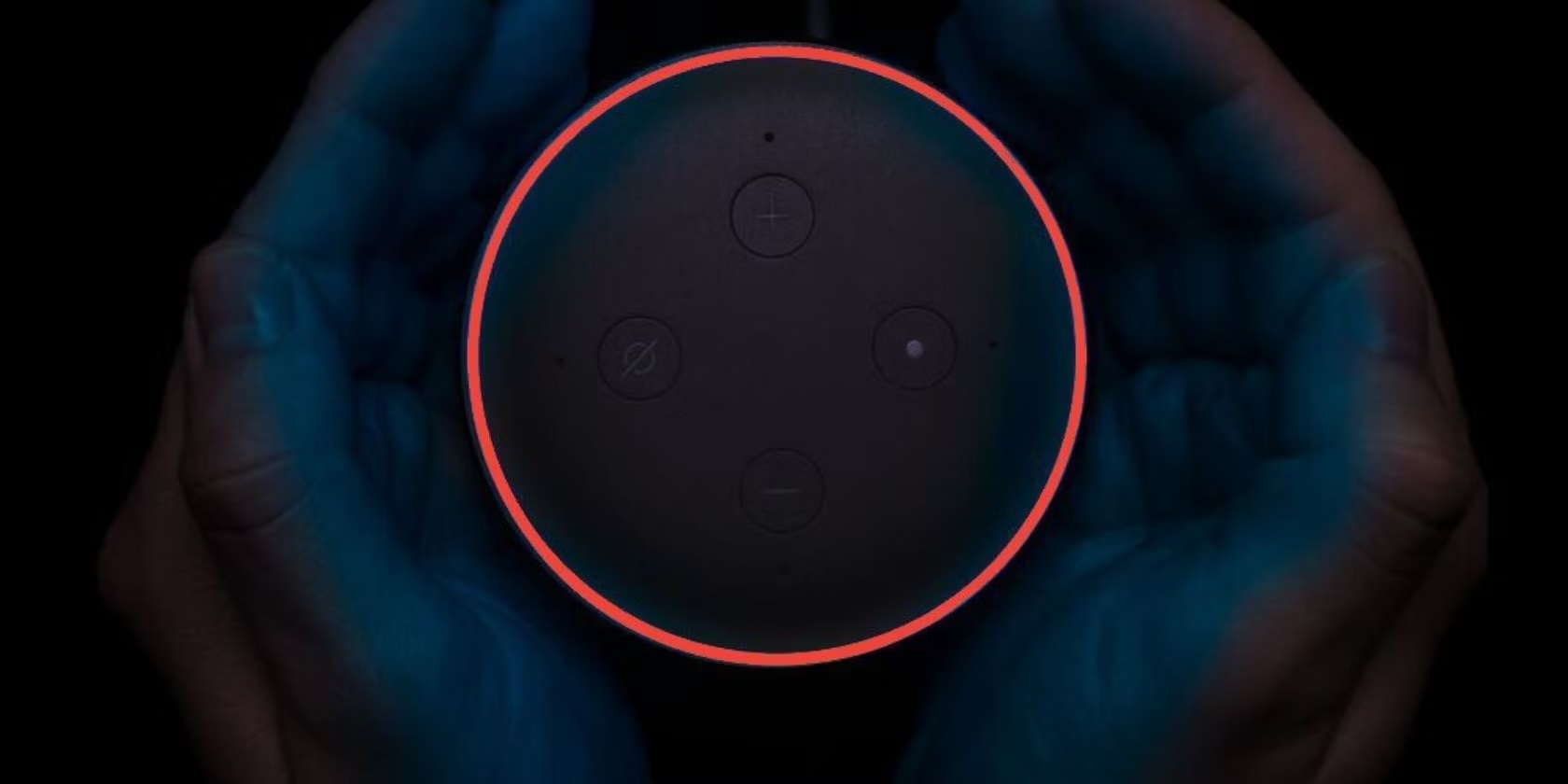




0 thoughts on “Why Does A Salad Fork Have A Different Tine?”